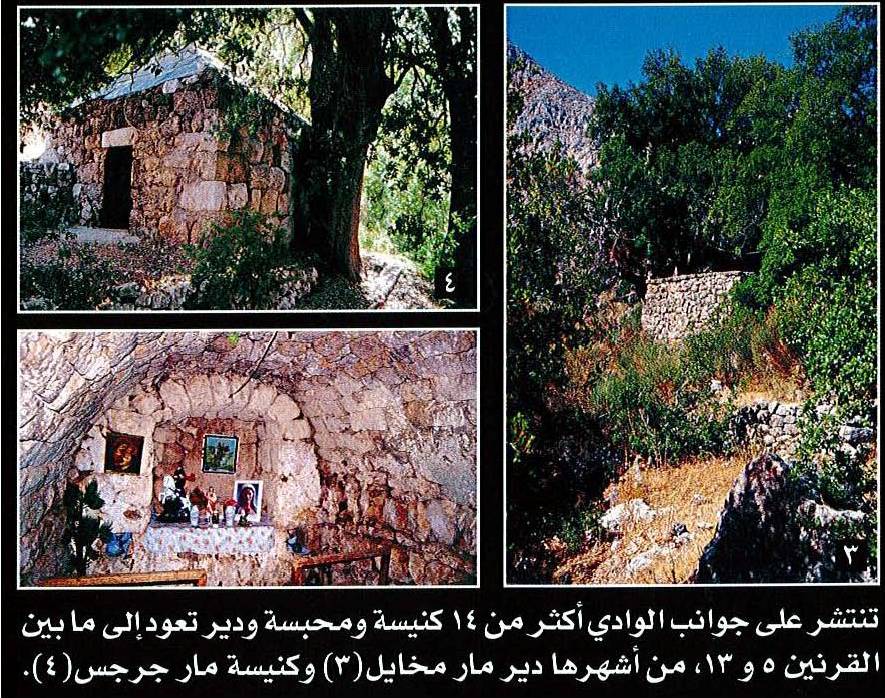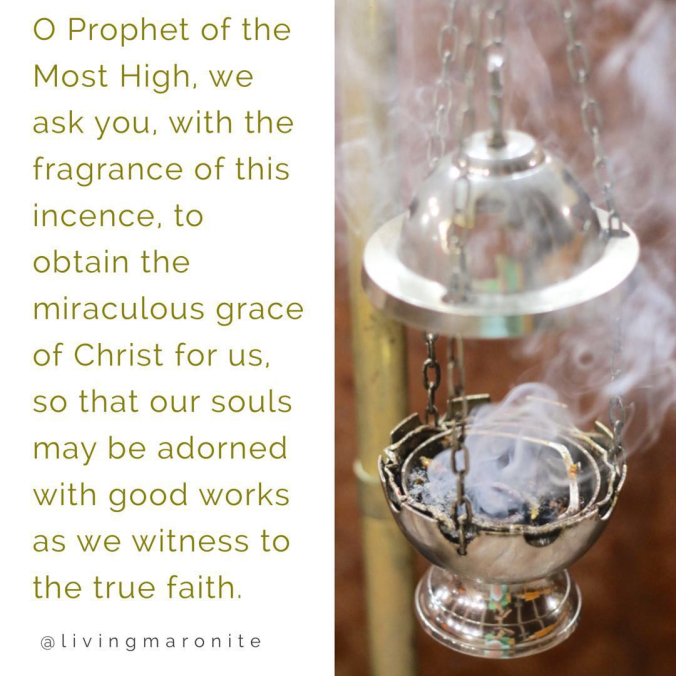Introduction
Maronite Spirituality evolved from the Antiochene tradition in the 5th century. It resembles those of the other Antiochene churches and is nourished with the same biblical, liturgical, theological and patristic sources. Being Antiochene and ancient, it uses the Syro-Aramaic language in the Divine Liturgy.
Theology means nothing if it is not first believed, then lived. It arises out of faith. For the Eastern Traditions theology is more along the lines of expressing the faith by prayerful reflection on the mysteries of the personal commitment to the Lord, illumined by the light of the Holy Spirit. That is why the works of the Eastern Fathers have always read like pastoral and homiletic commentaries rather technical discussions of ‘’theological’’ subjects.
One of the key ideas in Maronite spirituality is that God is mysterious and unknowable in Himself. Maronites reverence the Lord as the Holy One in their ‘’Service of Mysteries’’. The concept of Mystery sets the perspective of awe and worship, recognizes the Lord as the Creator-Father and professes the unworthiness of the creature before the Source of his being.
God does not remain hidden. Maronites recognize the Lord as the ‘’Lover of Mankind’’. As God sent his Word to dwell with us, so that Word reveals the Father who visits his people in mercy.
The Maronites are the heirs of the literary inheritance bequeathed by the Fathers such as: Aphraates 345AD, Rabboula 430AD, Isaac the Syrian 459AD, Narsai 507AD, St James of Sarug 522AD, and others.
The figure of the Maronite Patriarch is very important for the Maronites. He is the symbol of their unity. Along with the Pope of Rome, he is named in the Intercessions at every Mass.
Eremitic and monastic
St Maroun’s way of life as a hermit inaugurated Maronite spirituality. This spirituality focused on the Cross of Jesus, with its vertical and horizontal dimensions. St Maroun left the city to follow Christ, to take up his Cross, to live the life of the Gospel, and to make his abode on a mountain, intending thereby to worship Gid in solitude (vertical dimension) and by his way of life to convert others to Christianity through the Gospel (horizontal dimension).
This spirituality is marked by a strong accent on purification by asceticism and waiting for the eschatological deliverance. Conversion and purification invite a person to renewal, new life and intimacy with God.
The Maronite Church grew up around the monasteries. It has been the custom of the Maronites in the villages to recite the early morning prayer of the Church, and the evening prayer, in union with the monks.
Missionary aspect
After St Maroun, the pious Maronite hermits strove for union with God through a solitary and austere life, along with a spiritual and pastoral ministry to the pilgrim visitors.
The starting point of them was the Word of God, a Word that calls, invites, and personally summons, as happened to the Apostles.
They transformed rock into fertile soil, in which they grew wheat and other grains. Their lives of prayer, abstinence, and their retreat from the world into the solitude of grottos, rock-hewn shelters, caves, and hermitages did not insulate them from the concerns and suffering of their fellow man. On the contrary, their awareness was heightened; the days and nights of these hermits were spent in prayer and chanting, meditation, penances and physical labour to achieve a close union with God for their own salvation and of the world.
This spirituality of austerity and frugality inspired their daily life and opened the door to a life of simplicity, a vision of hope, an attitude of readiness, and marked Maronite spirituality with a missionary spirit. The Maronite people did not discover Christ through philosophy, but rather through the patrimonial faith of their ancestors, their Saints from Maroun to Nemetallah.
Baptism, sin and repentance
Baptism is the beginning of Christian life, and in the Maronite rite, Confirmation (Chrismation) is always given at the same ceremony. The human vocation is to become like God –divinized by Grace- but sin disrupts this call. Our prayers often mention the need for repentance and forgiveness, even that we may be worthy to stand before God and call upon His Name. Fasting, especially in Lent, is a major thing in the texts of the liturgy and the lives of the faithful. Our focus in Lent and Holy Week is the path to the glorious Resurrection, which is celebrated on Easter Sunday as the ‘’Great Feast.’’
Eucharistic aspect
The Maronites have cultivated profound adoration of the Blessed Sacrament, seeing the Holy Eucharist the Risen Christ who sent to us the Sanctifying Spirit.
They believe that there is no better use of time for us and for the Church than that spent in the fervent adoration of Jesus Christ really present in the most Holy Eucharist.
Symbolism
The Maronites, being people of the East, express themselves more with the heart than the mind. Their liturgy is very symbolic, therefore, with much use of incense and a lot of singing and chanting. It is marked by a passion for Scripture, poetry and mystery.
Future expansion
The Maronites migration from Lebanon has brought Maronite spirituality to the world. The true Maronite strives diligently for spiritual and cultural authenticity and intellectual openness. He has great respect for the country where he lives, for freedom and the dignity of life. This stems from his faith in Christ’s humanity which has inspired the Maronites throughout their history.
However there is one other important aspect to acknowledge. It is the aspect of Middle Eastern culture, specifically Lebanese culture, as an element that has shaped Canadian Maronite consciousness up to the present. What defines a Maronite is not primarily being Lebanese; rather, being Maronite is a spiritual reality that has roots well beyond Lebanese culture. In other words, one does not have to be of Lebanese decent to be a Maronite. In Canada we are a Syriac Chruch of the Antiochian tradition living in a western country.



